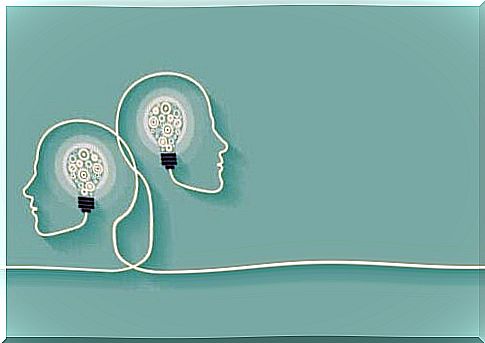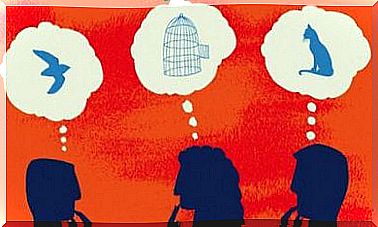Fast Thinking And Slow Thinking According To Daniel Kahneman

Are you aware of how your brain activates the two thought systems as you go about your day-to-day tasks? Do you know how to make decisions? While there are many psychological theories on the subject, one of them is particularly influential. It’s a theory about thinking by Daniel Kahneman: thinking fast and thinking slowly.
Kahneman is a psychologist who received the 2002 Nobel Prize in Economics. In 2011 he wrote the bestseller Thinking Fast, Thinking Slowly . In it he sets up a theory about two well-differentiated systems of thought. System 1 is more intuitive, fast and automatic, while System 2 is more deliberative, logical and slow. So what else is there to know about these systems? When do you use them? Do these systems interact with each other? Just read on to find out!

Fast thinking and slow thinking according to Daniel Kahneman
Kahneman’s systems of thought are the subject of his book Thinking Fast, Thinking Slowly . Daniel is a Palestine born psychologist who grew up in the United States. For many, he is one of the world’s most important and important thinkers. As we mentioned at the beginning, he received the Nobel Prize for his work on the rational model of decision-making.
His ideas influenced many areas of medicine, politics and economics. In his book Daniel described two types of thinking, or in other words, two systems that model human thinking. System 1 is fast, intuitive and emotional thinking, while system 2 is slower, more deliberate and more logical thinking.
System 1 (quick thinking)
This system describes the fast, automatic, emotional thinking, which also occurs stereotypically and unconsciously. System 1 has the function of generating intuitions that can be useful for human tasks (even if they are not always useful). This system is also known as the implicit system.
System 1 is also activated by intuition and heuristics. It allows you to do basic daily tasks like walking or brushing your hair. In addition, it links new information with patterns that, at least according to Kahneman, are already present in the head. Thus, the mind does not create new patterns from every new experience, but rather links new information with old information and thus creates meaningful relationships.
How is it activated?
Humans use system 1 to make decisions about most problems in everyday life. In other words, you can use this system to make decisions and draw automatic conclusions quickly and easily.
System 2 (slow thinking)
The second system proposed by Kahneman is slower and requires more effort. It’s less common and more logical than the previous one. In addition, things are thought through more consciously. This means that the person is fully aware that this thinking is used, for example, to solve problems.
The function of the second system is to make final and binding decisions after observing and controlling the intuitions resulting from system 1. In contrast to System 1, with System 2 you can carry out more complex tasks, such as learning a language or thinking about something.
How is it activated?
The second system is used to make complex or difficult decisions. Therefore, there is a more conscious way of thinking. It is a system that requires more concentration because the tasks at hand are complex. In addition, humans use this system to give conscious answers.

The interaction of the two systems of thought according to Daniel Kahneman
These two thought systems are constantly active in everyday human life and they communicate and interact with each other. However, depending on the task at hand, one system will dominate the other.
Both systems have their own function. So while system 1 governs your thoughts in terms of perception of the environment and visual and associative memory, system 2 is responsible for drawing conclusions from the intuitions of the first. The slower, thoughtful, and more logical System 2 can help with complex decisions as it is slower and requires more focus than System 1 (focus is a key factor in decision making). This is why Kahneman calls the second process slow thinking.
In terms of how the two systems interact, system 1 has a greater impact on behavior when system 2 is busy.
In short, Daniel Kahneman says that thinking manifests itself through two systems of thought that work in the head to make decisions and solve problems. However, he also pointed out in an interview that people do not think about which of the two systems dominates the other and thus controls their behavior most of the time.









